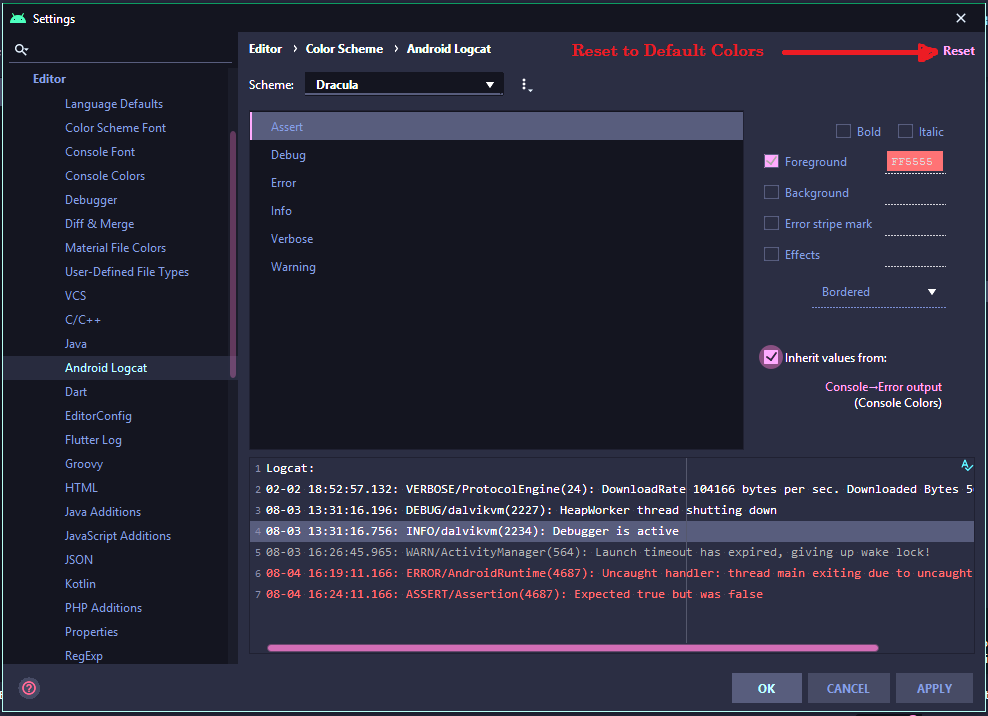


For now, I have it returned as a simple label. To actually return the UI, we’ll use the build function. In the RandomNumber class, you’ll need to add a function called build, which takes a self parameter. Therefore, you need to import the app by adding from kivy.app import App: class RandomNumber(App):

This class will inherit the app class from Kivy. Now, we’ll create a class that will define our app I’ll name mine RandomNumber. To specify the version, add the version number right after the import kivy line as follows: kivy.require('1.9.0') Creating the RandomNumber class You can mess around with the different versions during the build to see the differences in features and performance. You can use Kivy v2.0.0, but if you have a smartphone that is older than Android v8, I recommend v1.9.0. In the main.py file, we’ll need to import the Kivy module and specify which version we want.

Once you have installed Kivy, you should see a success message from your terminal that looks like the screenshots below: To avoid any package conflicts, be sure you’re installing Kivy in a virtual environment: pip install kivy //pip3 install kivy You’ll need to install the Kivy module from your terminal using either of the commands below. Make sure you have Python installed on your machine and open a new Python file. Let’s get started! Getting started with Kivyįirst, you’ll need a new directory for your app. To follow along with this article, you should be familiar with Python. Compiling our app for Android, Windows, and iOS.With Kivy, you can develop platform-independent applications that compile for iOS, Android, Windows, MacOS, and Linux. If you’re a Python developer thinking about getting started with mobile development, then the Kivy framework is your best bet.


 0 kommentar(er)
0 kommentar(er)
